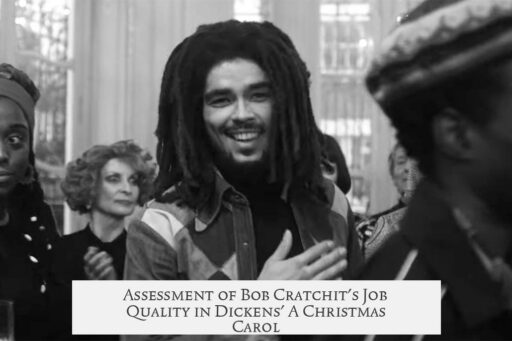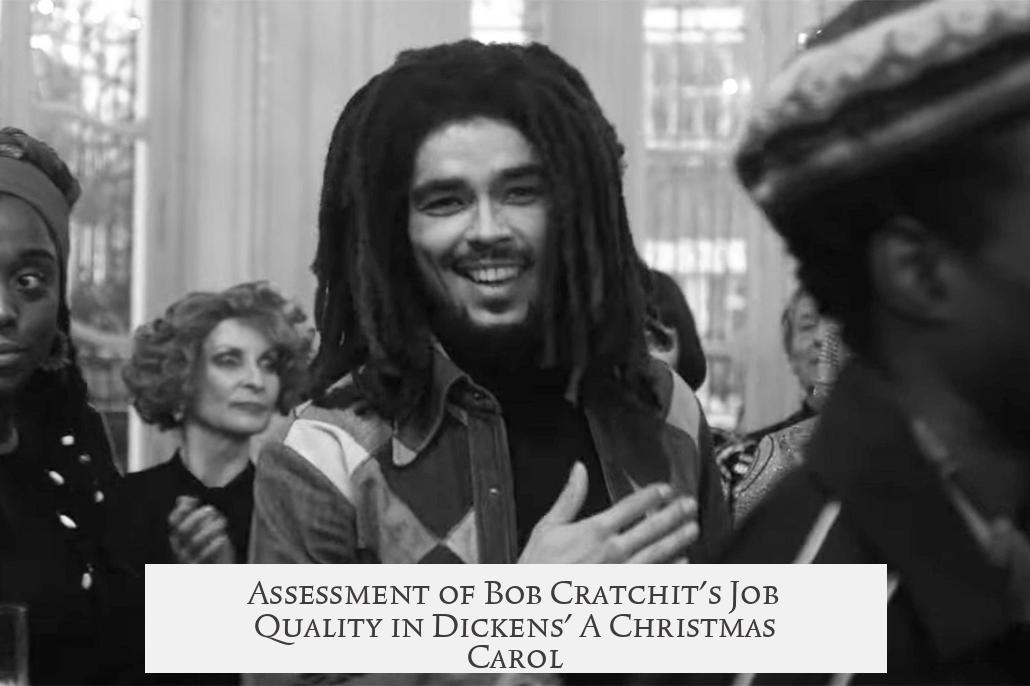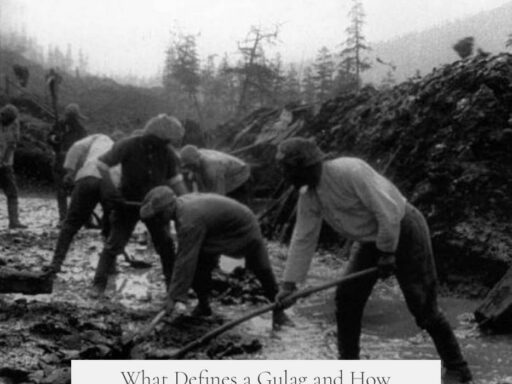Bob Cratchit holds a low-status white-collar job marked by limited skills and poor pay, making his position difficult despite modest social privilege.
Bob Cratchit’s occupation in Charles Dickens’ A Christmas Carol is best described as a clerk or copyist. His duties focus on basic office tasks such as handwriting letters and managing simple accounts. This job demands literacy and penmanship but lacks the requirement for judgment or advanced skills. In the context of the era, he is at the bottom rung of the white-collar employment ladder. While being white-collar held social privilege in Victorian England, Cratchit’s role carries minimal economic benefits.
Regarding pay, Bob earns 15 shillings a week, equating to roughly 39 pounds annually in 1843. Today, this might translate to about £3,000 or between $780 and $980 depending on measurement methods. Adjusted for modern standards, his weekly wage is near $102, clearly insufficient to support a family of his size. Contemporaries in comparable roles often received more. For example, a female copying clerk could earn 20 shillings weekly—thirty-three percent more than Bob despite gender wage biases. Post Office clerks and sewing machinists similarly earned more, highlighting Cratchit’s below-average pay.
| Role | Historical Weekly Wage | Notes |
|---|---|---|
| Bob Cratchit (Accounting Clerk) | 15 shillings | Below average, low-level white-collar work |
| Female Copying Clerk | 20 shillings | 33% more than Cratchit |
| Post Office Clerk (Second Class) | ~ £1.73 Weekly (90 pounds/year) | More than double Cratchit’s pay |
| Sewing Machinist (Top Wage) | 16 shillings | Slightly higher than Cratchit |
Aside from pay, Cratchit’s working conditions reflect financial struggle. He lacks proper clothing to stay warm at work during winter. Instead of a coat, he wears a tattered comforter, a clear sign of poverty. This scenario also points to the miserly nature of his employer, Ebenezer Scrooge, who restrains wages and comfort despite the basic skills Bob provides.
The role’s low pay and minimal requirements leave Cratchit economically vulnerable. Had he held a more skilled profession like an actual accountant, his family might have enjoyed better support. Instead, his position as a copyist or junior clerk limits earning potential drastically and exposes his household to hardship.
It is important to recall that Bob Cratchit is a literary figure created by Dickens to highlight social injustice. The miserly behavior of his fictional employer magnifies Cratchit’s economic deprivation. Therefore, while a historian could describe typical clerical jobs of the 1840s, Bob’s story deliberately amplifies hardship for narrative purposes. This uniqueness should be considered when evaluating his job through a historical lens.
To sum up, Bob Cratchit’s job in A Christmas Carol is a modest white-collar position characterized by:
- Basic clerical tasks requiring literacy and handwriting
- Rank at the low end of the office job hierarchy
- Salary well below contemporary comparable roles
- Meager wages insufficient for his family’s needs
- Poor working conditions and lack of warm clothing
- Constraints imposed by a stingy employer
- Social respectability despite economic hardship
Bob Cratchit’s job shows the contrast between social appearance and actual living standards, emphasizing the struggles of lower-tier office workers in Victorian England.




